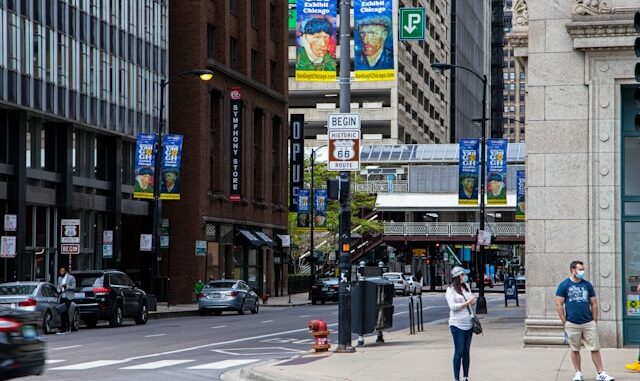
Being struck by a vehicle as a pedestrian is a terrifying and potentially life-altering event. In Ontario, Canada, there are specific steps to take and legal protections in place to help victims navigate the aftermath of such accidents. This guide provides essential information on what to do if you’re hit by a car as a pedestrian in Ontario.
Immediate Actions After a Pedestrian Accident
- Prioritize Safety: Your well-being is paramount. Move to a safe location if possible, and if injured, do not attempt to move on your own.
- Call for Help: Dial 911 immediately to report the accident. Even if injuries seem minor, a medical assessment is crucial. The police will create an official report, which is vital for insurance claims and potential legal action.
- Gather Information: If you’re able, collect the following details:
- Driver’s name, license plate number, insurance information
- Contact information of any witnesses
- Photos of the scene, including damage to the vehicle and your injuries
- Notes about the time of day, weather conditions, and road conditions
- Seek Medical Attention: Even if you feel okay, visit a doctor or hospital as soon as possible. Some injuries may not be immediately apparent. A medical professional can assess your condition and provide necessary treatment.
Accident Benefits for Pedestrians
Ontario’s no-fault insurance system means that even if you don’t own a car, you can still access Accident Benefits (ABs) if you’re injured as a pedestrian. These benefits are available from:
- The at-fault driver’s insurance: This is the primary source of ABs.
- Your own auto insurance: If you have a policy, you may be covered.
- A family member’s auto insurance: If you live with a relative who has auto insurance, their policy may provide coverage.
- Motor Vehicle Accident Claims Fund (MVACF): This is a last resort if no other insurance is available (e.g., in a hit-and-run).
Accident Benefits may cover:
- Medical and rehabilitation expenses
- Income replacement if you cannot work
- Attendant care costs
- Other out-of-pocket expenses
Legal Action Against the At-Fault Driver
In addition to Accident Benefits, Ontario law allows you to sue the at-fault driver for damages. This is separate from the no-fault benefits and can help you recover compensation for:
- Pain and suffering
- Loss of enjoyment of life
- Loss of future income
- Future care costs
Important Considerations
- Statute of Limitations: In Ontario, there are time limits for filing a claim. For Accident Benefits, you typically have 30 days to notify the insurance company. For legal action, the deadline is generally two years from the date of the accident.
- Legal Representation: It’s strongly recommended to consult a personal injury lawyer. They can help you understand your rights, navigate the legal process, and negotiate with insurance companies to ensure you receive fair compensation.
Prevention Tips for Pedestrians
- Always use crosswalks and obey traffic signals.
- Make eye contact with drivers before crossing the street.
- Wear bright or reflective clothing, especially at night.
- Avoid distractions like headphones or cell phones.
- Be extra cautious in bad weather conditions.



